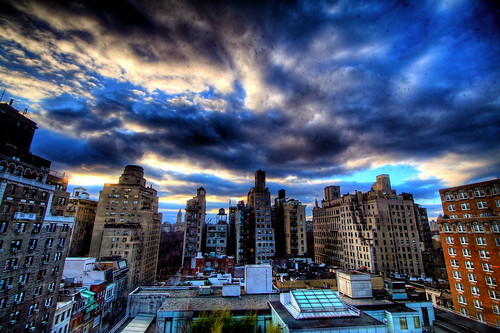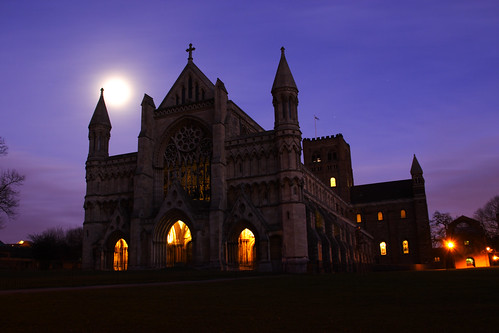Nice set of photos taken around/in manhattan. Quite nice:
http://www.flickr.com/photos/automatt/sets/72057594091674928
http://www.flickr.com/photos/automatt/sets/72057594091674928
I think the trick has to do with exposure settings (et al), although im not a photographer so i could be talking out my wazzoo!london-boy said:HDR photos?
I thought all pictures already had a pretty high dynamic range?
Oh god, i have to buy a new camera don't i....

london-boy said:I thought all pictures already had a pretty high dynamic range?
london-boy said:Oh god, i have to buy a new camera don't i....
Neither of those statements is close to correct. Granularity is small, yes, but your receptors are still cells, which are vastly larger than photons. And the dynamic range of the human visual system is most certainly limited.LeGreg said:Sure, the entire world is displayed through your eyes with no limitation in range, and a granularity of a few photons.

Just thought I'd dig up a source for my statement above:Chalnoth said:Er, that's not true. The greatest color sensitivity is in the center of your vision.
(emphasis mine)Wikipedia said:Rods are found primarily in the periphery of the retina and are used to see at low levels of light. Cones are found primarily in the center (or fovea) of the retina. There are three types of cones that differ in the wavelengths of light they absorb; they are usually called short or blue, middle or green, and long or red. Cones are used primarily to distinguish color and other features of the visual world at normal levels of light.
nutball said:Interestingly there was a CCD design which used two different sizes of pixel to achieve essentially the same result in normal use with a single exposuse (though less dynamic range than is possible with multiple exposures of course).
chavvdarrr said:Guys, why don't you buy a real camera and get "hdr" photos immediately?
You know these crappy, shitty, analog things ... like "Leika" ...

